Photographs are a wonderful medium. They can be a passport to a world you’ve yet to see or a visual supplement to your memory. But they often fail to capture the magnitude of the real thing.
We’ve all seen pictures of the great Taj Mahal, but even the most realistic photo is no replacement for the firsthand experience.
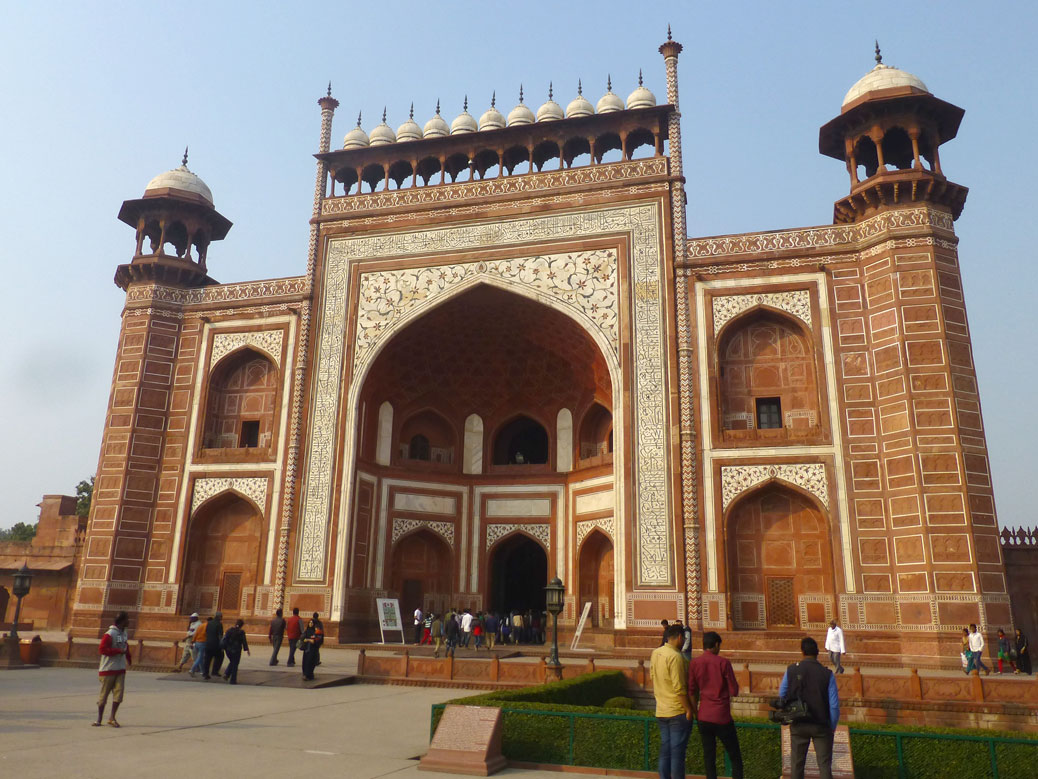
The road to Taj is lined with pedestrians, rickshaws, horse-drawn carts and electric buses making the pilgrimage to the world’s greatest memorial. Non-electric vehicles are no longer allowed in the area as the pollution was beginning to yellow the white marble. Once inside the complex, a path leads to Darwaza-i Rauza, the main gate. A wall separates you from the garden, but you catch a glimpse of the famous dome and minarets. “Neat,” you think to yourself.
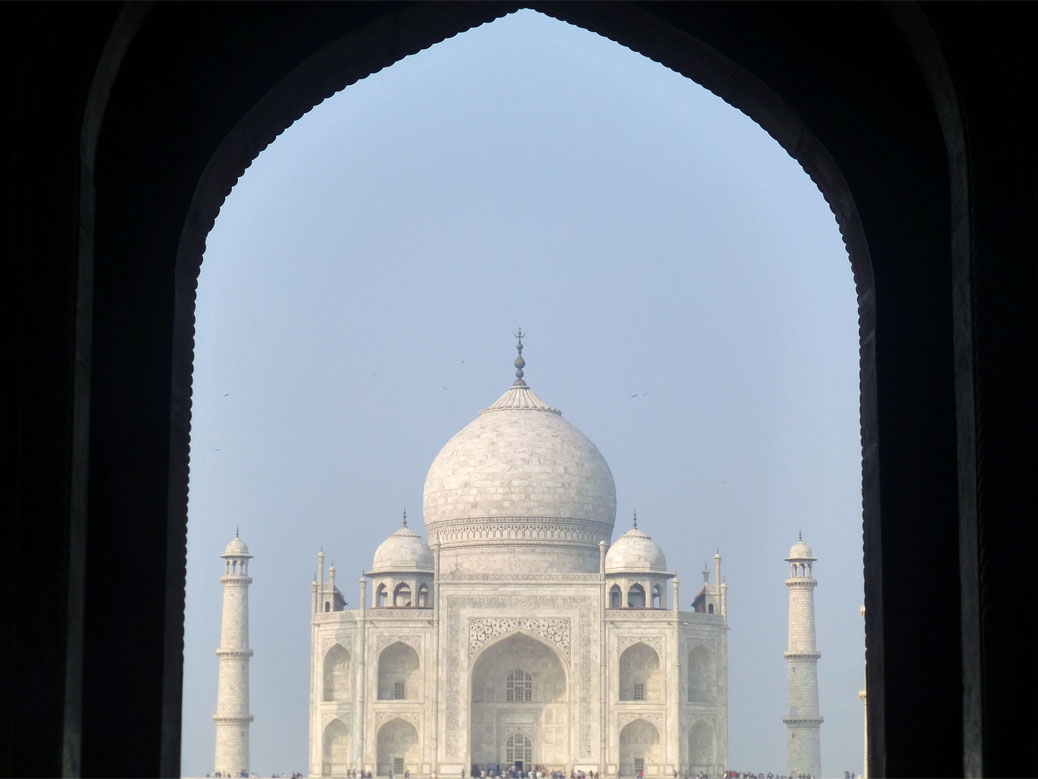
But then, as you approach the main gate, you see it for the first time. A noise emits from your insides; something like “Wow” but not quite forming any actual word.
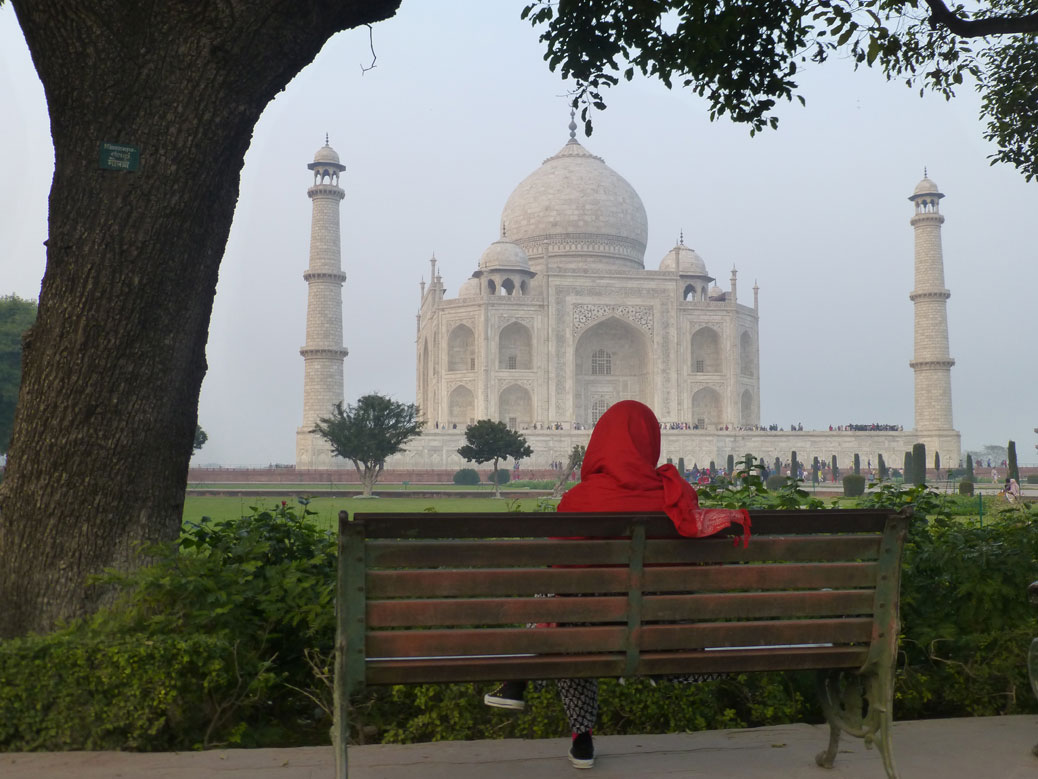
The word “breathtaking” is used frequently to describe beautiful things, but Taj slugs you in the heart, steals the wind from your lungs and replaces it with a new understanding of beauty. It was intentionally built with nothing in the skyline behind it, meant to resemble heaven… Paradise. And it does. The glowing white marble of the perfectly-symmetrical monument to love sits in front of a blue blanket, beckoning us home.
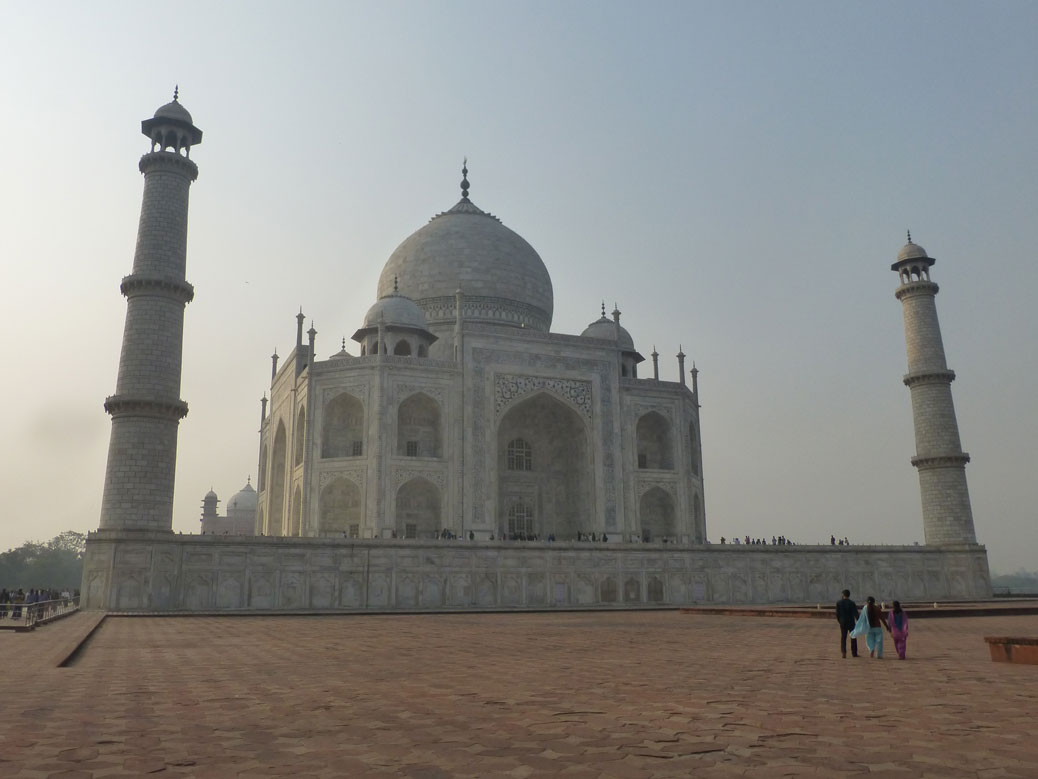
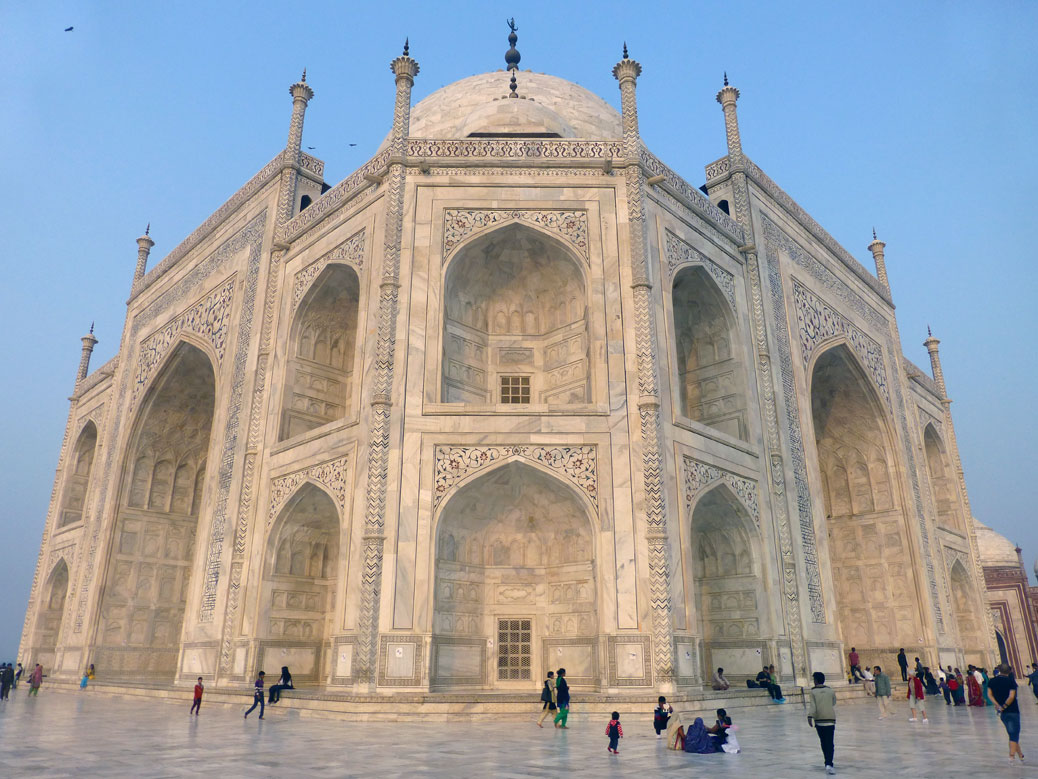
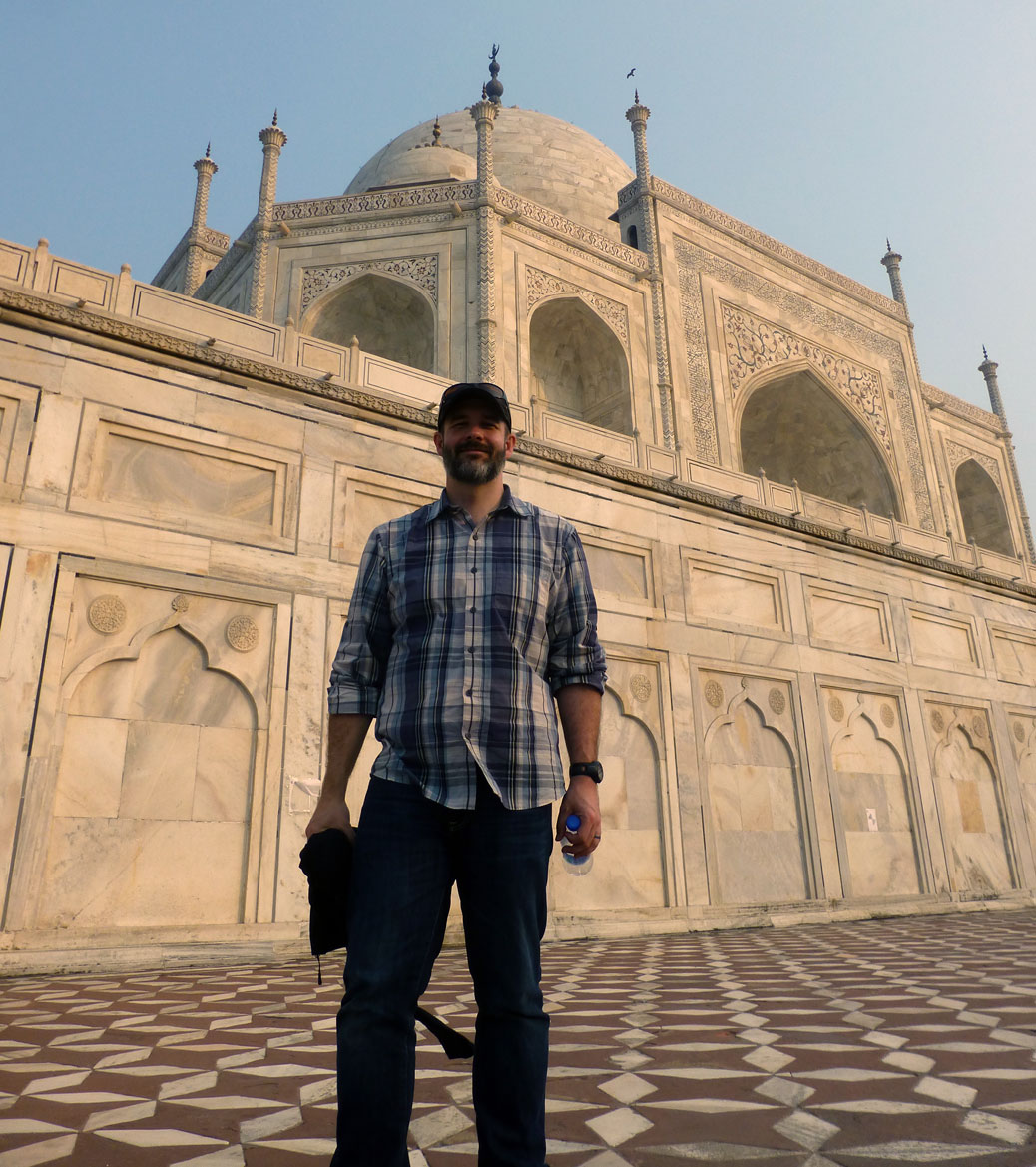
Taj Mahal Fun Facts
- Taj Mahal was commissioned by Emperor Shah Jahan in the 1630s in honor of his wife Mumtaz Mahal, who died while giving birth to the couple’s 14th child. Her tomb is in the exact center of Taj Mahal.
- While the origins of the name are sketchy, “Taj Mahal” is usually translated as “Crown of the Palace” which is a play on the translation of Mumtaz Mahal’s name (“Exalted One of the Palace”).
- Construction took 22 years. More than 22,000 workers and 1,000 elephants participated in the building process.
- The building is perfectly symmetrical with one exception. Upon his death, Shah Jahan’s tomb was constructed to the right of his wife’s tomb. It is the only non-symmetrical permanent structure in Taj Mahal.
- The minarets appear to be straight, but they actually tilt outward slightly. If they collapse, they’ll fall away from the main building into the open grass on the front side or into the Yamuna River on the back side.
- Identical red sandstone buildings appear on the east and west side of the main structure. A mosque is located on the west side, facing Mecca. A guesthouse was built later on the east side to provide symmetry to the grounds.
- Taj Mahal was added to the UNESCO World Heritage List in 1983.

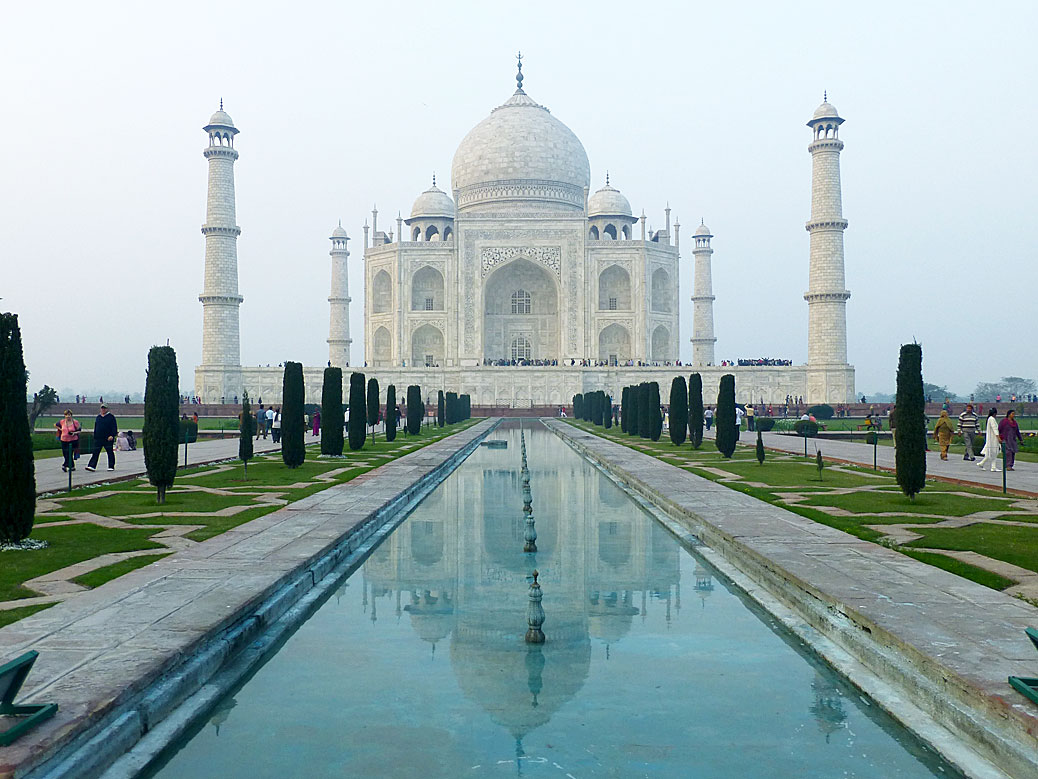
Gorgeous photos, I really hope to one day witness the Taj Mahal myself, it looks like a spectacular place to visit.
Thanks! The pictures don’t do it justice.